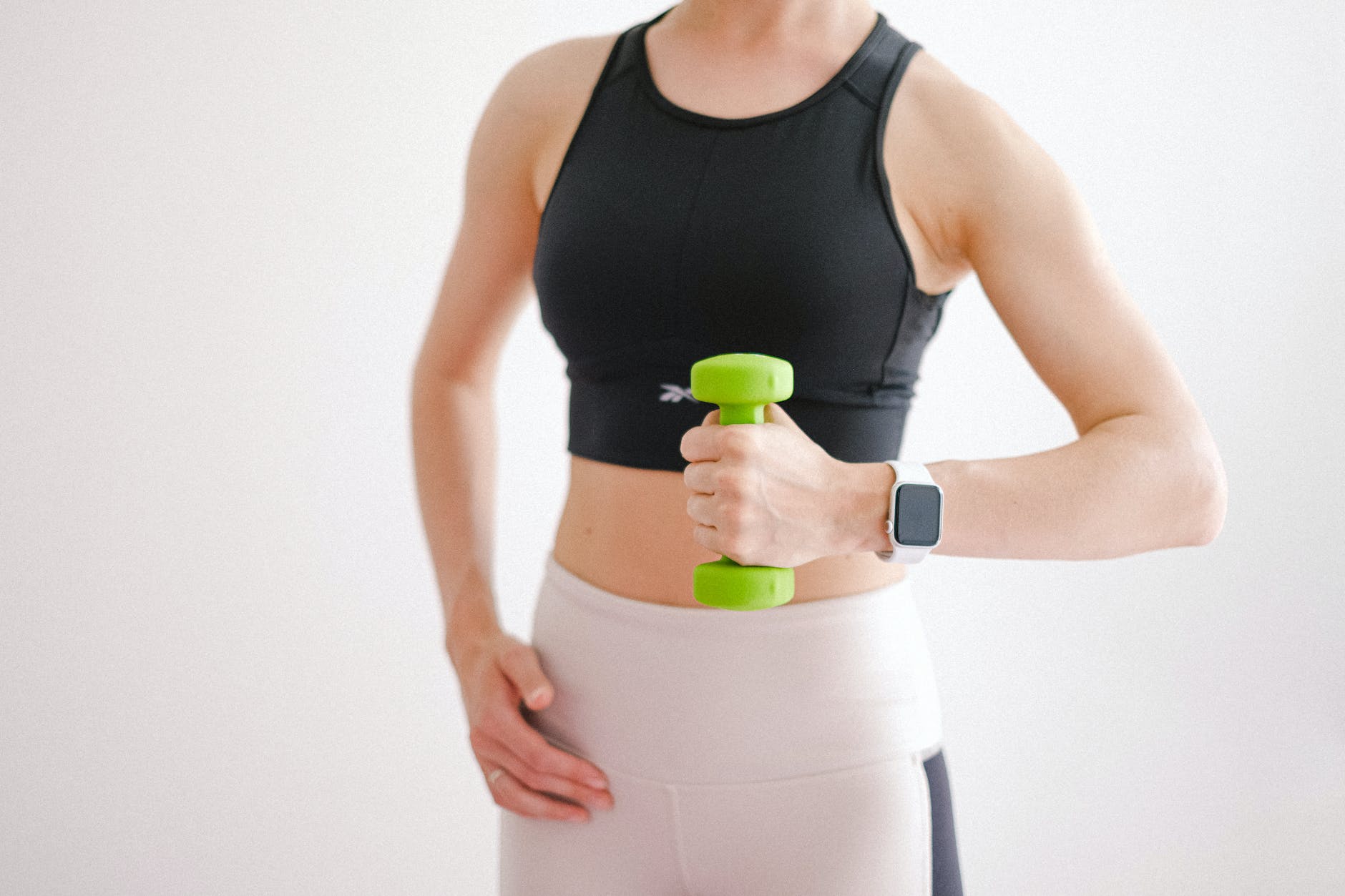
High blood pressure, or hypertension, is a prevalent health issue affecting millions globally. While medication may be necessary for some, numerous natural remedies and lifestyle adjustments can help manage and even lower blood pressure right from the comfort of your home. In this comprehensive guide, we’ll delve into these strategies, providing you with a holistic approach to take control of your blood pressure naturally.
1. Healthy Diet: The Foundation of Blood Pressure Control
A heart-healthy diet is the cornerstone of managing hypertension. Focus on incorporating foods that promote lower blood pressure. Dive into the world of leafy greens, berries, beets, and potassium-rich bananas, all of which contain compounds that support cardiovascular health. Explore the Dietary Approaches to Stop Hypertension (DASH) diet, a scientifically-backed dietary plan renowned for its blood pressure-lowering effects. We’ll guide you on how to make these dietary changes easily and deliciously.
2. Mindful Lifestyle: Stress Reduction and Meditation
Chronic stress is a known contributor to high blood pressure. We’ll explore various stress-reduction techniques, including mindfulness meditation, deep breathing exercises, and the practice of yoga. By cultivating a calm and centered mind, you can significantly reduce the impact of stress on your cardiovascular system.
3. The Salt Dilemma: Reducing Sodium Intake
Excessive salt consumption can elevate blood pressure levels. Our guide will provide you with practical strategies to cut down on sodium intake while still savoring flavorful meals. We’ll delve into the art of reading food labels, helping you make informed and heart-healthy choices when grocery shopping and dining out.
4. Exercise: The Heart’s Best Friend
Regular physical activity is a natural way to lower blood pressure. We’ll uncover the benefits of exercise, from the simplicity of brisk walking to the exhilaration of cycling. Our guide will help you find an exercise routine that suits your preferences and fits seamlessly into your daily life.
5. Natural Supplements: Aiding Blood Pressure Management
Certain dietary supplements, such as magnesium, potassium, and Coenzyme Q10 (CoQ10), have demonstrated potential in supporting healthy blood pressure levels. We’ll provide you with insights into these supplements, their mechanisms of action, and how to safely integrate them into your daily routine.
6. Herbal Remedies: Nature’s Healing Touch
Explore the world of herbal remedies that have shown promise in lowering blood pressure. Herbs like hibiscus, garlic, and olive leaf extract possess natural properties that can complement your efforts to manage hypertension. We’ll guide you on how to incorporate these herbs safely and effectively.
7. Lifestyle Modifications: Small Changes, Big Impact
Simple yet impactful changes in your daily habits can significantly contribute to managing hypertension. Discover strategies for reducing alcohol consumption, quitting smoking, and maintaining a healthy weight. These lifestyle modifications can make a substantial difference in your blood pressure management journey.
8. Monitor and Track: Knowledge is Power
Understanding your blood pressure readings is crucial. Learn how to monitor your blood pressure at home accurately and consistently. Keeping a record of your readings over time empowers you to make informed decisions about your health and assess the effectiveness of your chosen strategies.
Conclusion: Your Journey to Natural Blood Pressure Control
Lowering blood pressure naturally at home is not only achievable but also empowering. By embracing a holistic approach that encompasses dietary changes, stress management, exercise, supplements, herbal remedies, and lifestyle modifications, you can take charge of your blood pressure and embark on a journey towards better heart health.
Frequently Asked Questions – FAQs
1. What are the key foods to include in a diet for lowering blood pressure naturally? A heart-healthy diet includes foods like leafy greens, berries, beets, and potassium-rich bananas. These foods are packed with nutrients and compounds that support lower blood pressure.
2. How does stress affect blood pressure, and what stress-reduction techniques can I use at home? Chronic stress can contribute to high blood pressure. Techniques such as mindfulness meditation, deep breathing exercises, and yoga can help reduce stress levels naturally.
3. How can I reduce sodium intake while still enjoying flavorful meals? Reducing sodium intake involves reading food labels, choosing low-sodium alternatives, and using herbs and spices for flavor. We provide tips on making heart-healthy choices without sacrificing taste.
4. What types of exercise are effective for lowering blood pressure naturally? Regular physical activity, including activities like brisk walking and cycling, can help lower blood pressure. We offer insights into creating an exercise routine that suits your preferences.
5. Are there any supplements that can support blood pressure management naturally? Certain supplements like magnesium, potassium, and Coenzyme Q10 (CoQ10) have shown potential in supporting healthy blood pressure levels. We discuss how to incorporate these supplements safely.
6. Can herbal remedies really help lower blood pressure, and how can I use them effectively? Herbs like hibiscus, garlic, and olive leaf extract have natural properties that may aid in blood pressure management. We provide guidance on using these herbs as part of your daily routine.
7. How significant are lifestyle modifications in lowering blood pressure, and what are some practical changes I can make? Lifestyle modifications, such as reducing alcohol consumption, quitting smoking, and maintaining a healthy weight, can have a substantial impact on blood pressure. We outline steps to implement these changes effectively.
8. How do I monitor my blood pressure at home, and why is it important? Understanding your blood pressure readings is essential. We explain how to monitor your blood pressure accurately at home and why keeping a record is crucial for your health journey.
Tags
lower blood pressure, hypertension remedies, natural remedies, heart-healthy diet, stress reduction, sodium intake, physical activity, dietary supplements, herbal remedies, lifestyle modifications, blood pressure monitoring, heart health, holistic approach, hypertension management












